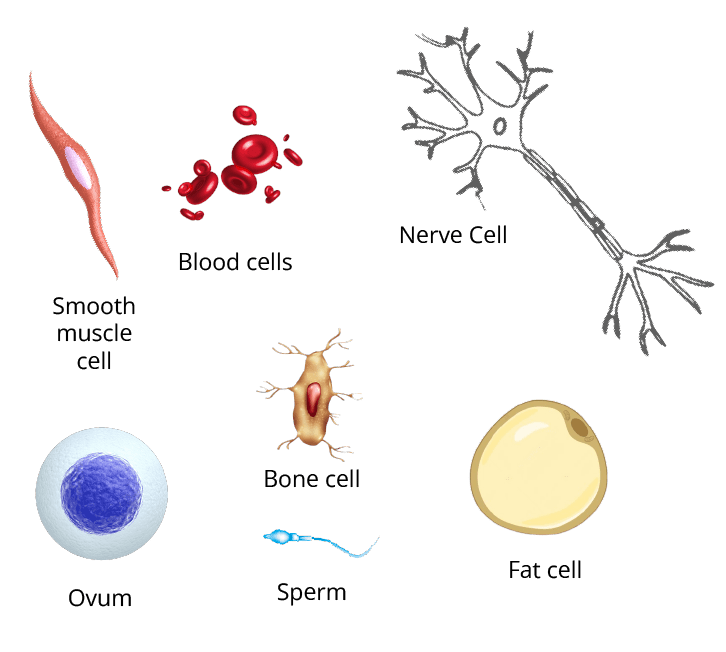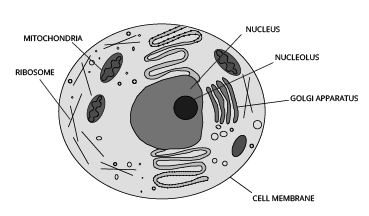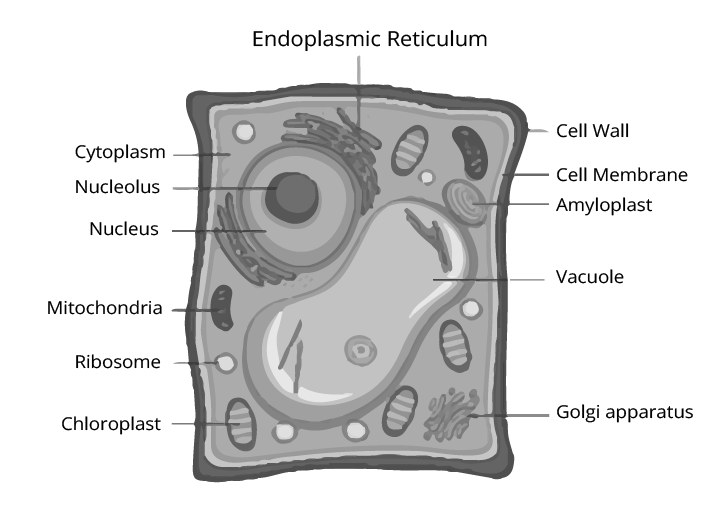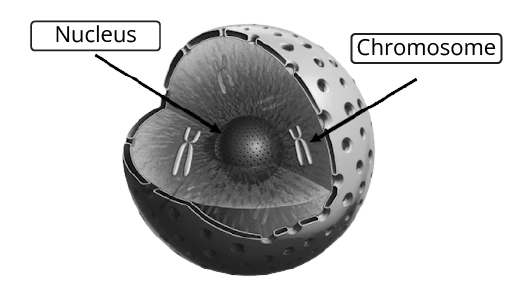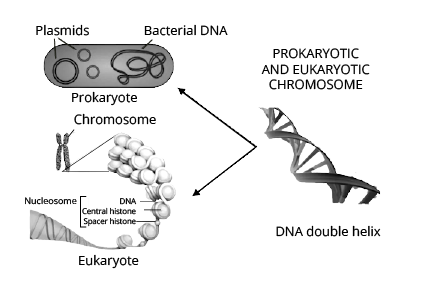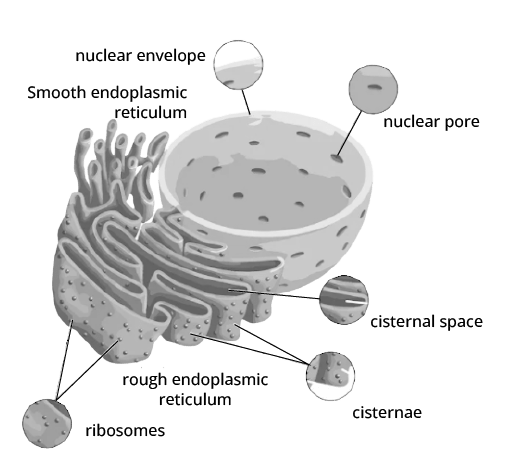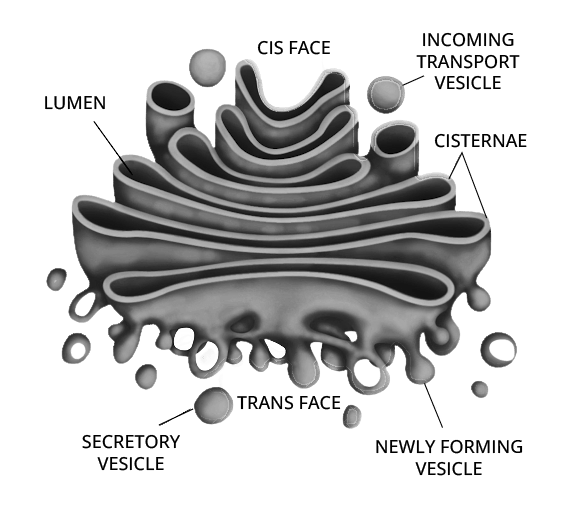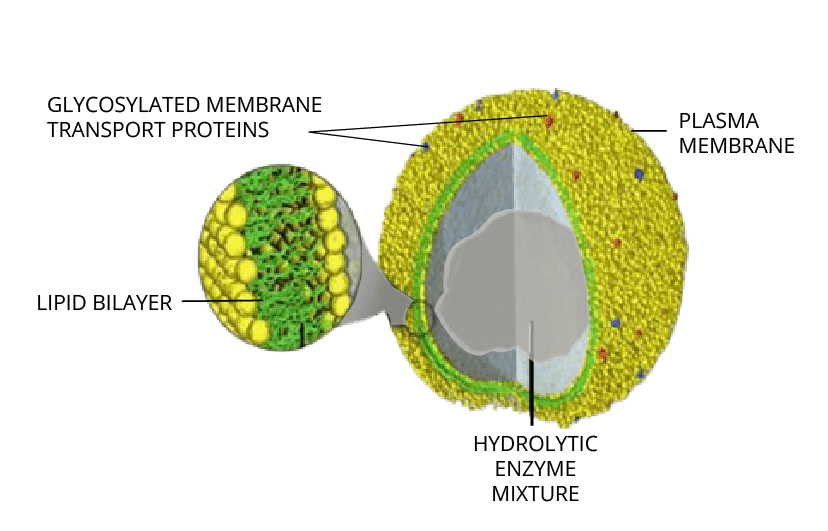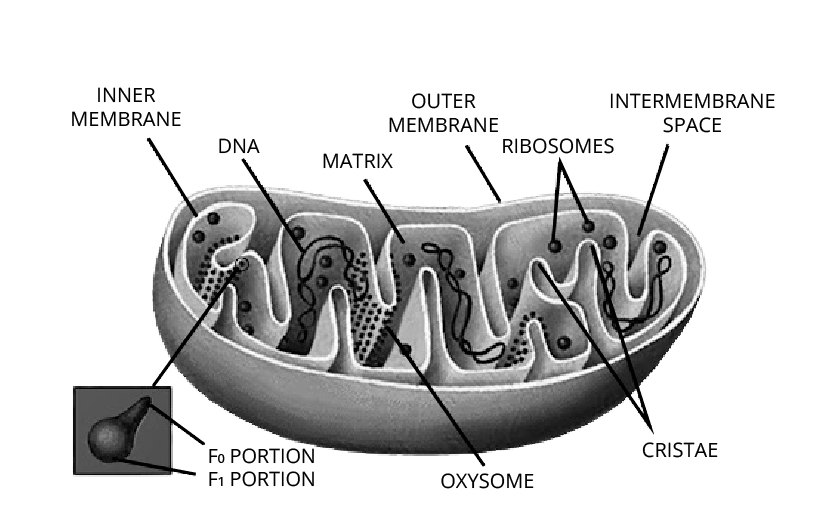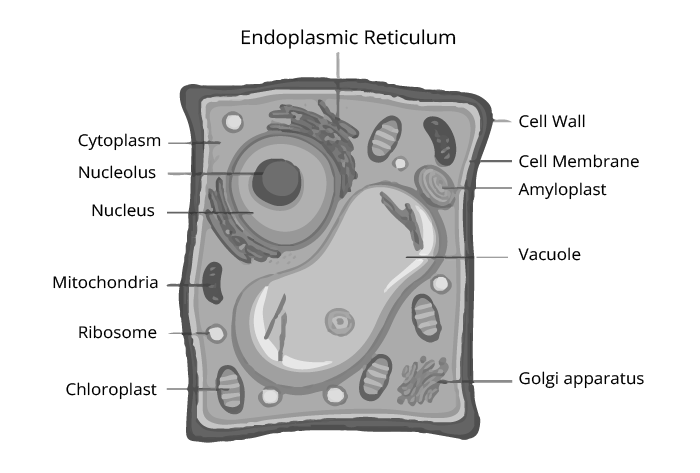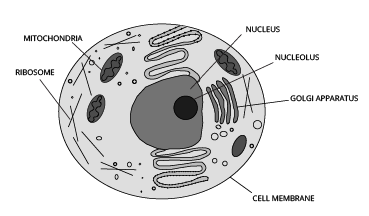The Fundamental Unit of Life Class 9 Notes PDF Download for FREE
The Fundamental Unit Of Life Class 9 Notes: CBSE Science Chapter 5
FAQs on The Fundamental Unit Of Life Class 9 Notes: CBSE Science Chapter 5
1. Enlist the structures of a cell as per what you have learned in the Notes of ‘Fundamental Unit of Life’.
The structure of a cell is described below.
The cell membrane is a covering of the cell that separates the contents of the cell from its external environment and contains lipids and proteins.
The cell wall is present only in a plant cell and is composed of cellulose to provide a rigid structure.
The nucleus is a dense and spherical organelle known as the processing unit of the cell. It is a double membrane-bound organelle that contains the genetic material- chromosomes that are responsible for inheritance.
The cytoplasm is a semi-fluid found inside the cell that structures the cell and homes multiple cell organelles.
2. Differentiate between a eukaryotic cell and a prokaryotic cell, according to the Notes of ‘Fundamental unit of Life’.
A eukaryotic cell is generally large while a prokaryotic cell is usually smaller in size.
The eukaryotic cell comprises multiple chromosomes and a true nucleus while a prokaryotic cell contains a single chromosome and lacks a true nucleus.
The membrane-bound cell organelles like the Golgi apparatus, mitochondria, lysosomes, plastids, etc., are present in a eukaryotic cell while these cell organelles are absent in a prokaryotic cell. Eukaryotic cell division occurs through mitotic or meiotic cell division. The prokaryotic cell division takes place by fission or budding.
3. What is the fundamental unit of life according to Class 9 Science Chapter 5 notes?
As stated in Class 9 Science Chapter 5, a cell is the fundamental unit of life. It was given this name since it is capable of doing all required functions in life on its own. As a result, cells are sometimes referred to as the functional unit or building blocks of all living entities. Various creatures have a variable number of cells that make up their body, and all cells differ in size, structure, and function. If you're seeking for the greatest revision notes for this chapter, go no further than Vedantu's.
4. What is the nucleus, defined as per Notes of ‘Fundamental of Life’?
The nucleus is one of the three fundamental components of every cell. It is shielded by a double-layered nuclear membrane. This membrane has holes that allow stuff to move from the inside to the outside. The nucleus is in charge of every activity carried out by the cell. It also has chromosomes, which are formed of DNA and proteins.
5. What are vacuoles according to Class 9 Science Chapter 5 notes?
Vacuoles refer to the membrane-bound compartments that are either solid or liquid-filled storage sacs. Their presence can be found in both animals and plants. While the size of vacuoles present in animal cells is quite small, the ones present in plant cells are larger. Vacuoles serve various purposes depending on the organism’s requirements. Vacuoles present in plant cells are filled with sap and provide stiffness to the cells. You can find a more detailed explanation in CBSE Class 9 Science Chapter 5 Revision Notes available on the Vedantu website.
6. What are important definitions covered in Class 9 Science Notes for Chapter 5?
Chapter 5 - The Fundamental Unit of Life in Class 9 Science includes many new and important concepts that students need to study. There are certain definitions in each chapter that have a possibility of being questioned in the Class 9 Science exam and hence, it becomes essential to prepare such concepts well. Following is a list of particular concepts that students should prepare well for:
Mitochondria
Chloroplast
Nucleus (chromosomes and DNA)
Endoplasmic reticulum
Golgi apparatus
For revision, students can download the revision notes free of cost from the Vedantu website.
7. What topics are covered in Vedantu's The Fundamental Unit Of Life Class 9 Notes PDF Download?
Vedantu's Class 9 Science Chapter 5 Notes cover cell structure, types of cells, cell organelles, differences between plant and animal cells, and cell division.
8. How do Fundamental Unit Of Life Class 9 Notes simplify complex topics?
Fundamental Unit Of Life Class 9 Notes use clear explanations, diagrams, and summaries to break down complex concepts into manageable parts, making them easier to understand.
9. How can I use The Fundamental Unit Of Life Class 9 Notes to study effectively?
Review the notes regularly, focus on understanding diagrams, and use summaries to reinforce your learning. Practice answering questions based on the notes.
10. Can The Fundamental Unit Of Life Class 9 Notes help with exam preparation?
Fundamental Unit Of Life Class 9 Notes are designed to cover key concepts and provide summaries that are useful for revision and exam preparation.




















 Watch Video
Watch Video


